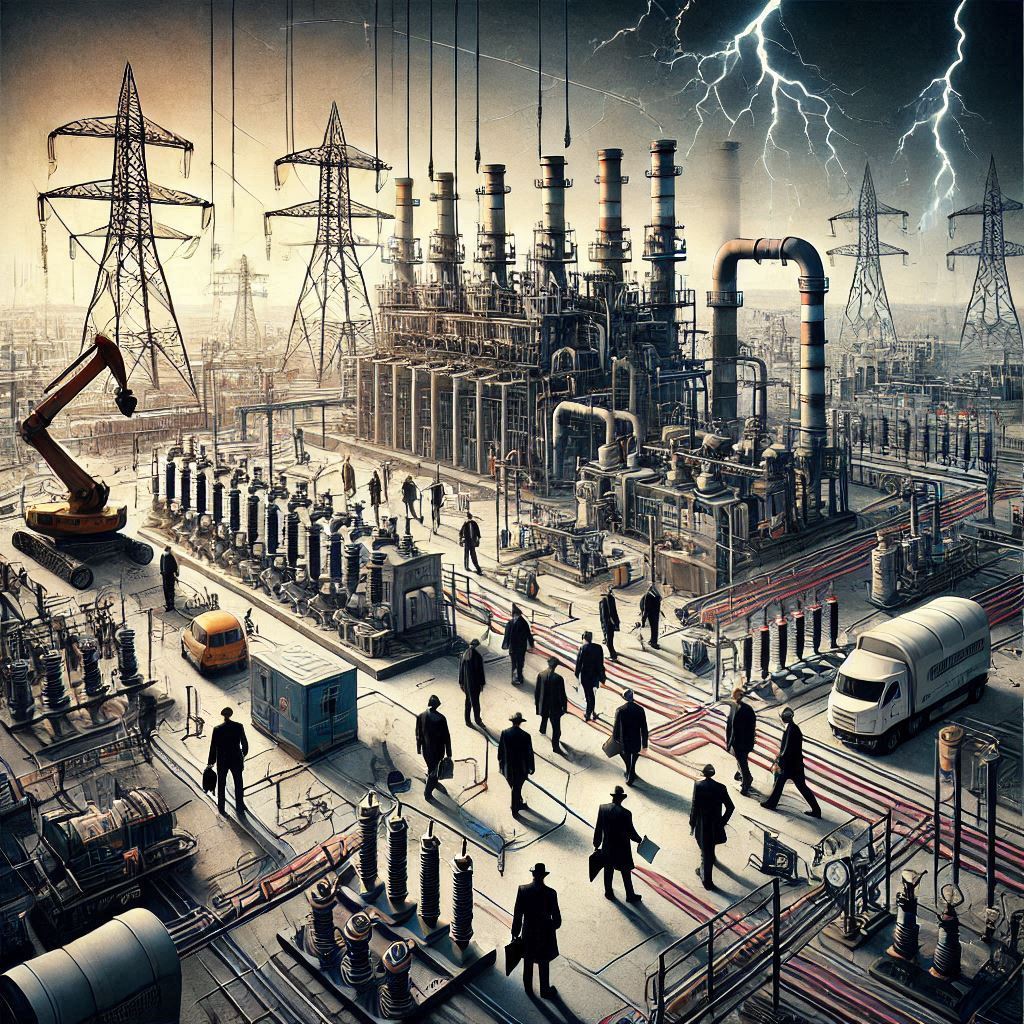NERSA has once again proven its incompetence—ignoring critical warnings, losing court battles, and forcing consumers to pay billions for technical losses that stem directly from poor power quality. Instead of protecting the public, the regulator has become a liability, wasting taxpayer money while unbalanced networks quietly destroy our equipment and drain our economy. The question is unavoidable: why are we funding failure instead of demanding accountability?
Category Archives: Power Quality Consulting
“Power Quality Consulting” offers expert guidance on improving electrical system performance, addressing issues like voltage stability, harmonics, and power factor correction. Posts in this category provide practical solutions for optimizing energy efficiency, reducing downtime, and ensuring reliable power quality in industrial and commercial environments, helping businesses enhance system reliability and minimize operational disruptions.
Managing South Africa’s electricity sector has become a balancing act between aging infrastructure, financial instability, and growing demand. Persistent load shedding, regulatory inefficiencies, and misaligned investment strategies continue to undermine progress. Without decisive reforms that prioritize governance, sustainability, and innovation, the sector risks deepening the energy crisis and stalling economic growth. The challenge is clear: transform the system or face escalating instability.
Power quality directly impacts your bottom line—poor quality erodes equipment, drives up maintenance costs, and disrupts operations. High-quality power, on the other hand, ensures efficiency, reliability, and longer asset lifecycles. By investing in monitoring and proactive management, businesses can reduce hidden losses, improve productivity, and secure a competitive edge in today’s energy-intensive economy.
Unbalanced power networks are more than a technical nuisance—they erode efficiency, shorten equipment lifespans, and inflate operating costs. Understanding power quality is essential for identifying hidden risks such as voltage fluctuations, harmonics, and load imbalances. By prioritizing monitoring and corrective strategies, organizations can improve reliability, reduce downtime, and ensure that their energy systems support both sustainability and long-term profitability.
Notice: JavaScript is required for this content.





